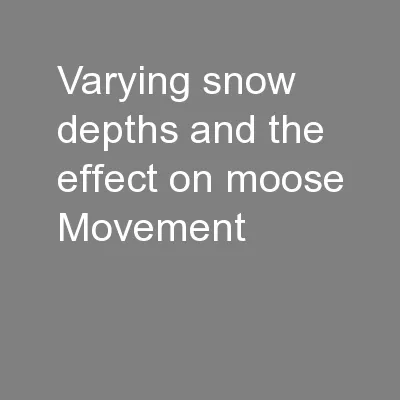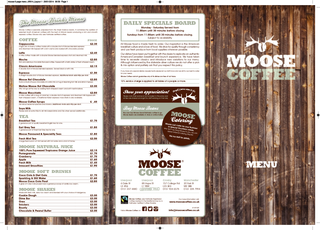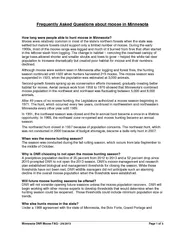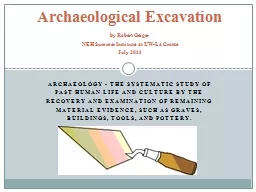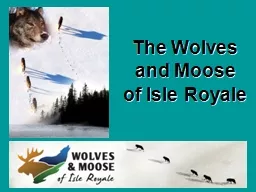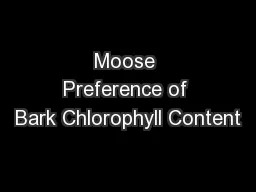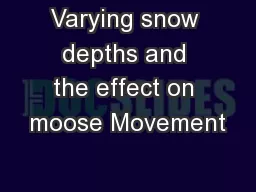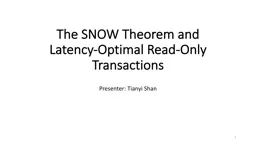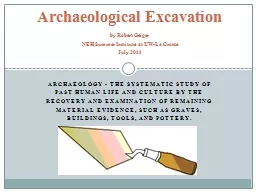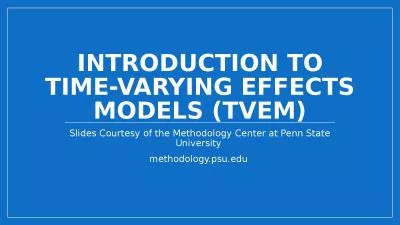PPT-Varying snow depths and the effect on moose Movement
Author : luanne-stotts | Published Date : 2016-03-19
Alyssa Countway Winter Ecology Spring 2014 Mountain Research Station University of Colorado Boulder Introduction Moose Alces alces have adapted to be able to
Presentation Embed Code
Download Presentation
Download Presentation The PPT/PDF document "Varying snow depths and the effect on mo..." is the property of its rightful owner. Permission is granted to download and print the materials on this website for personal, non-commercial use only, and to display it on your personal computer provided you do not modify the materials and that you retain all copyright notices contained in the materials. By downloading content from our website, you accept the terms of this agreement.
Varying snow depths and the effect on moose Movement: Transcript
Download Rules Of Document
"Varying snow depths and the effect on moose Movement"The content belongs to its owner. You may download and print it for personal use, without modification, and keep all copyright notices. By downloading, you agree to these terms.
Related Documents

